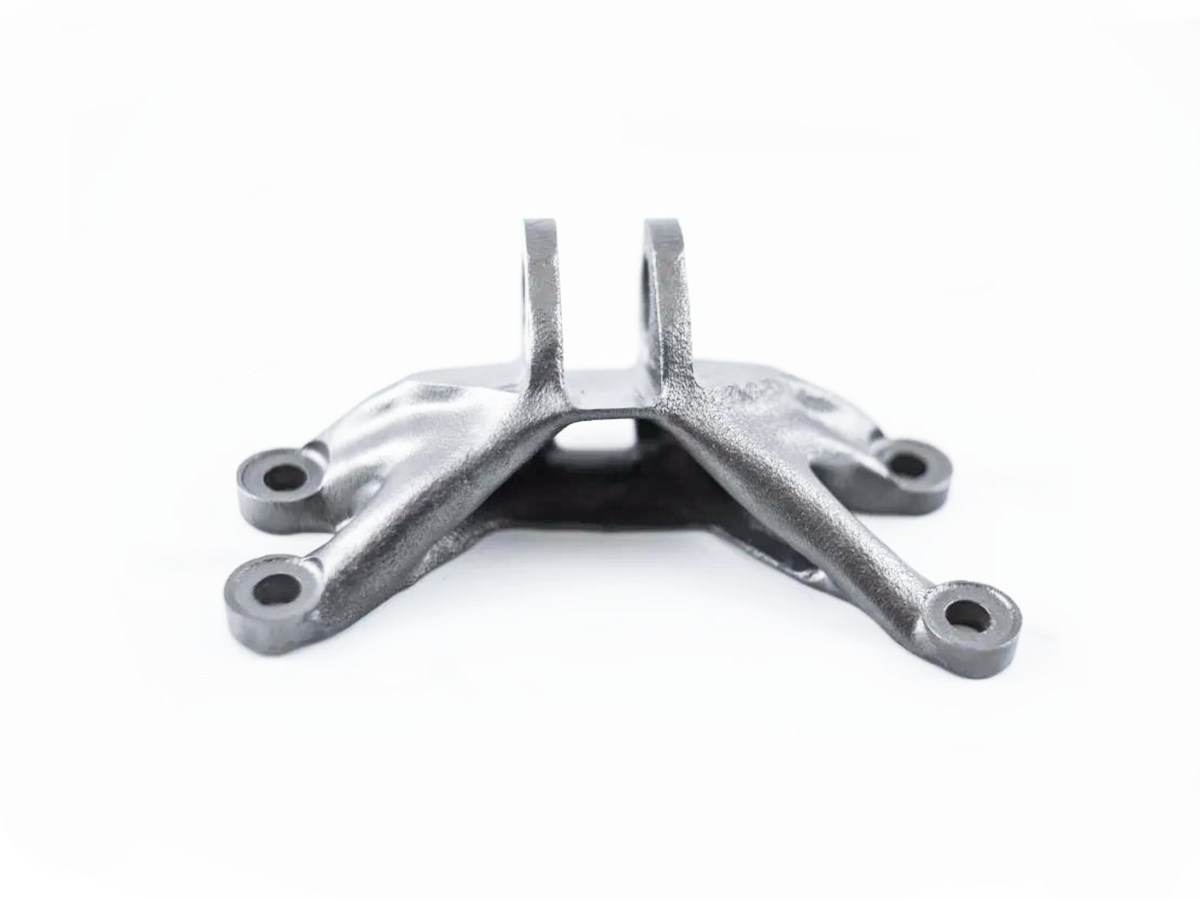What are the key differences between stainless steel and carbon steel cutting parameters?
The fundamental differences in cutting parameters between stainless steel and carbon steel stem from their distinct metallurgical properties. Carbon steel is generally more machinable, while stainless steel requires a more calculated approach to overcome its challenges. Understanding these differences is critical to optimizing tool life, surface finish, and cycle time. The core divergence lies in managing work hardening, heat dissipation, and cutting forces.
1. Work Hardening Tendency: The Primary Divider
Stainless Steel: Austenitic grades (like 304, 316) have a high tendency to work-harden rapidly during machining. If the tool rubs instead of cuts, the surface hardness can increase dramatically, leading to accelerated tool wear and potential tool failure on subsequent passes.
Carbon Steel: Has a much lower tendency to work-harden. It is more forgiving of light cuts and occasional tool rubbing.
Parameter Impact: For stainless steel, a higher, consistent feed rate is required to ensure the tool is always cutting beneath the work-hardened layer. "Rigid and aggressive" is the mantra. For carbon steel, feed rates can be more flexible.
2. Thermal Conductivity: Heat Management
Stainless Steel: Has low thermal conductivity (approximately 15-25 W/m·K). The heat generated during cutting does not dissipate quickly and remains concentrated at the tool-workpiece interface. This leads to high tool-tip temperatures.
Carbon Steel: Has higher thermal conductivity (approximately 45-65 W/m·K). It carries heat away from the cut more effectively into the chip and the workpiece.
Parameter Impact: To manage heat in stainless steel, cutting speeds (SFM) must be significantly lower than for carbon steel. For example, where you might run 1018 steel at 500-600 SFM for roughing, you would run 304 stainless at 200-300 SFM. High-pressure coolant is also more critical for stainless steel to combat this heat concentration.
3. Strength and Toughness
Stainless Steel: Generally has higher yield and tensile strength at machining temperatures compared to mild carbon steels. It also maintains its strength at elevated temperatures, making it "tough" to cut.
Carbon Steel: Mild steels like 1018 or 1045 have lower strength, requiring less cutting power and generating lower cutting forces.
Parameter Impact: The higher strength of stainless steel requires more machine power and rigidity. It also means that depth of cut (especially axial) may need to be more conservative to avoid overloading the tool, particularly with smaller diameters.
4. Chip Formation and Control
Stainless Steel: Tends to form stringy, continuous chips that are difficult to break. These can wrap around the tool and workpiece, damaging both the finish and the tool.
Carbon Steel: Typically forms shorter, C-shaped chips that are easier to evacuate, especially with the correct chipbreaker geometry on the insert.
Parameter Impact: For stainless steel, tool geometry with sharp, positive rake angles and effective chip breakers is essential. Higher feed rates can help thicken and break the chip. For carbon steel, standard chipbreakers are generally effective across a wider range of parameters.
Side-by-Side Parameter Comparison
> >
Parameter | Stainless Steel (e.g., 304) | Carbon Steel (e.g., 1018) |
|---|---|---|
Cutting Speed (SFM) | Low to Medium (150 - 350 SFM) | Medium to High (400 - 700 SFM) |
Feed Rate (IPT) | Higher & Consistent (Critical to avoid work hardening) | More Flexible (Can be adjusted for finish vs. roughing) |
Depth of Cut | Conservative on axial depth to manage forces; radial can be adjusted for HSM. | Can be more aggressive, especially on rigid setups. |
Tool Geometry | Sharp, positive rake angles. Essential. | Can use neutral or negative rakes for heavy roughing. |
Tool Material/Coating | Carbide with tough substrate. TiAlN coating is highly recommended for heat resistance. | Carbide or even HSS for simple jobs. TiN or TiCN coatings are common. |
Coolant | High-pressure flood is critical for heat management and chip evacuation. | Flood coolant is beneficial but less critical than for stainless. |
Practical Implication Summary
Switching from carbon steel to stainless steel requires a fundamental mindset shift:
Drop your Speed (SFM). You cannot run stainless at carbon steel speeds without burning up tools.
Maintain or Increase your Feed (IPT). Do not "baby" the cut; a firm, consistent feed is your best defense against work hardening.
Prioritize Rigidity and Coolant. Any weakness in the setup (tool holder, machine, or fixturing) will be exposed by the higher cutting forces and heat of stainless steel.
For manufacturers like Neway, this knowledge is built directly into our CNC Machining Process. We maintain separate, proven parameter libraries for material families, ensuring that when you request parts in Carbon Steel or Stainless Steel, the process is automatically optimized for the unique behavior of each material, guaranteeing efficiency, tool life, and part quality.



